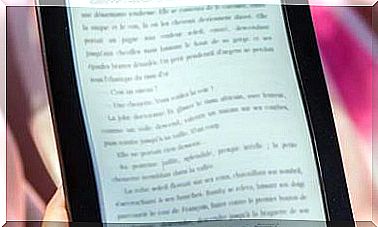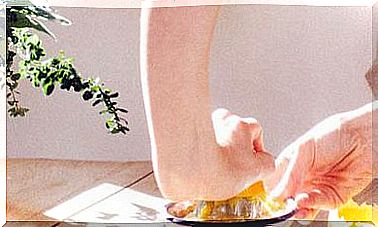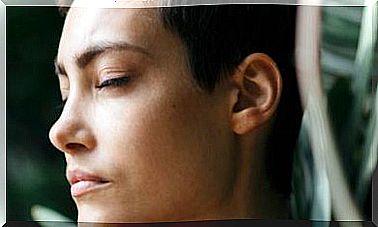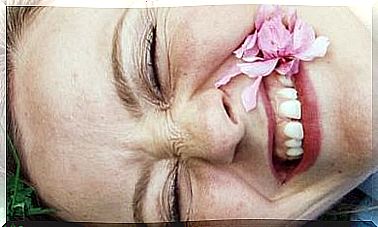4 Yoga Exercises To Relax And Open Your Hips
These yoga poses stretch the muscles of the spine and pelvis, the basis for achieving a healthy posture and preventing back pain.
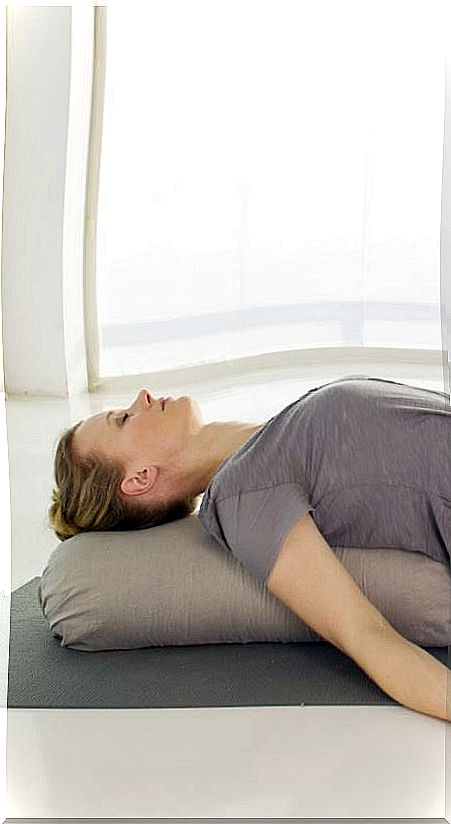
The pelvis, lower back and hip joints are of paramount importance in our upright position : they carry all the weight of the upper body, stabilize the relationship between the torso and the legs, and form the essential structure for walking, running, turning and leaning in any direction.
But also, from an energetic and emotional point of view, they house and protect the organs where life is conceived, in the words of Juan José Plasencia.
It is therefore important to take care of the joint flexibility of the hip, which decreases with age and leads to problems of stiffness, pain or shortening of the muscles.
To prevent stiffness, you have to watch overweight (do not overload your hips) and gain mobility.
Today’s lifestyle leads to prolonged sitting, which immobilizes the muscles of the hips and can even cause pain. In addition, many women habitually cross their legs, which creates an imbalance in the spine that leads to a contraction of the lumbar muscle.
On the other hand, as in the joints of the hips there is the union of the trunk with the legs, to maintain body balance we tend to unconsciously tense the hips, especially when changing posture.
If this tension is not released, it accumulates in the buttocks, thighs, belly, groin, and lower back.
If you lead a sedentary life, it is convenient to resort to some of the stretching exercises designed to unblock this area.
In yoga, for example, the butterfly pose or the seated forward stretch work, but they are not the only exercises that can be practiced.
If you want to know more about how to perform yoga postures correctly, you may be interested in the Online Yoga Initiation course of the Bodymind School.
Why release pelvic tension and tone your hips
With a structure similar to that of the flying buttress arches of Gothic cathedrals –in the words of Juan José Plasencia–, the hips distribute the loads of the body and constitute a prop for stability.
Therefore, to maintain balance, you tend to unconsciously tense them, especially when changing posture. In many cases this tension is necessary to control movement.
The problem arises when it is not released and accumulates in the buttocks, thighs, belly, groin and lower back.
The more tension builds up, the more movement is restricted. Spending many hours sitting, with the hips immobile, does not help. If you lead a sedentary life, then, it is advisable to incorporate some type of exercise or activity that mobilizes the hip during the day.
Therefore, it is highly advisable to get used to stretching the internal ligaments of the hips through some simple exercise, although always taking special care if you suffer a lumbar injury.
Sometimes a deep therapeutic massage is even convenient to help relieve muscle stiffness. When the stiff joint problem is accompanied by tense hamstring and stiffness in the lumbar area, it is advisable to work on these areas as well.
Rigid muscles often compensate for weak ones: a well-designed program includes strengthening exercises, which extend hip movement more than specific isolated exercises.
To prevent possible blockages and stiffening of the hip, in addition to avoiding being overweight – which puts pressure on the hips and hinders movement – some simple exercises can be practiced regularly. In a more passive way, Thai massage also offers these benefits.
The practice of yoga, with its stretches, push – ups, stretches and twists, is an excellent way to keep toned, flexible and unblocked hips.
In fact, this discipline was developed in order to be able to stay hours and hours in the lotus position while meditating, for which agile, unblocked and very healthy hips are required . These are some examples of exercises to open and release the hips in order to be able to meditate more comfortably.
Twists, such as this seated twist, help prevent shortening of the rotator muscles in the hips. And postures like “the bow” or “the dove” provide a stretch of the iliopsoas.
1. Yoga stretch to open the hip
The posture illustrated in this article acts as a true pelvic massage, helping to relax the hips and surrounding muscles. In yoga it is known as Supta Baddha Konasana or Reclining Goddess Pose, although it is also sometimes called the elevated butterfly pose:
- Prepare a couple of folded blankets to rest the back and head.
- Sit with your hips open and your feet together, and slowly lean back.
- You can place some support (a book, for example) under each knee if you feel more comfortable: the pelvis opens more if there is no tension.
- Relax your whole body and stay that way for at least 3 minutes. This pose is excellent for relieving menstrual pain.
2. Stretch to release tension from the hip
This simple exercise can help you release the accumulated tension in the hips area:
- Lying comfortably on your back, bend your legs towards your abdomen and hold them just below the knees.
- Take a deep breath and, as you release the air, bring your knees towards your chest as much as possible.
- Keep your back and neck relaxed. It is important that the shoulder blades stay in contact with the ground and are not stiff.
- Take about ten deep breaths and, on each exhale, bring your knees a little closer to your chest. If you want to intensify the exercise, raising your knees towards your chest also elevates your head.
3. The pigeon pose
- Get on your hands and knees.
- Bring your right knee forward, between your hands, and place your right foot under your body, pointing to the left.
- Extend your left leg back and let your pelvis come closer to the floor.
- Interlock your fingers behind your back as in the photo or slide your hands forward and lower your elbows to the ground.
- Breathe deeply for about three minutes.
- Undo the pose and go back to the opposite side.
4. Yoga posture to stretch and strengthen the hips: the small bridge
The “small bridge” pose increases the flexibility of the hips by tightening the front.
In addition, it stretches and strengthens the abdominal muscles, which tones the organs in this area, increases and renews the blood supply to the thyroid gland, and keeps the spine elastic .
The pose is also known as “bridge preparation” because it is your step before lifting your head and shoulders with the help of your arms.
- On the floor on your back, with your knees bent and apart and the soles of your feet on the floor, bring your heels closer to your buttocks and keep your arms stretched out to the side of your body.
- Breathing in, press your feet down, keep your abdomen firm, and lift your hips. Lift the spine off the ground vertebra by vertebra, until the weight of the body is distributed between the feet and the shoulders. Keep your legs parallel.
- Exhaling, return to the starting position vertebra by vertebra.
- Repeat this for three to six times, and then after you breathe in, stay in the position for three to six breaths.
If you have been interested in this article …
You can practice yoga at home, learn the easiest asanas, discover the physical and mental benefits of a good yoga class through the course “Easy Yoga in 30 minutes” of the Bodymind School. Sign up here.
